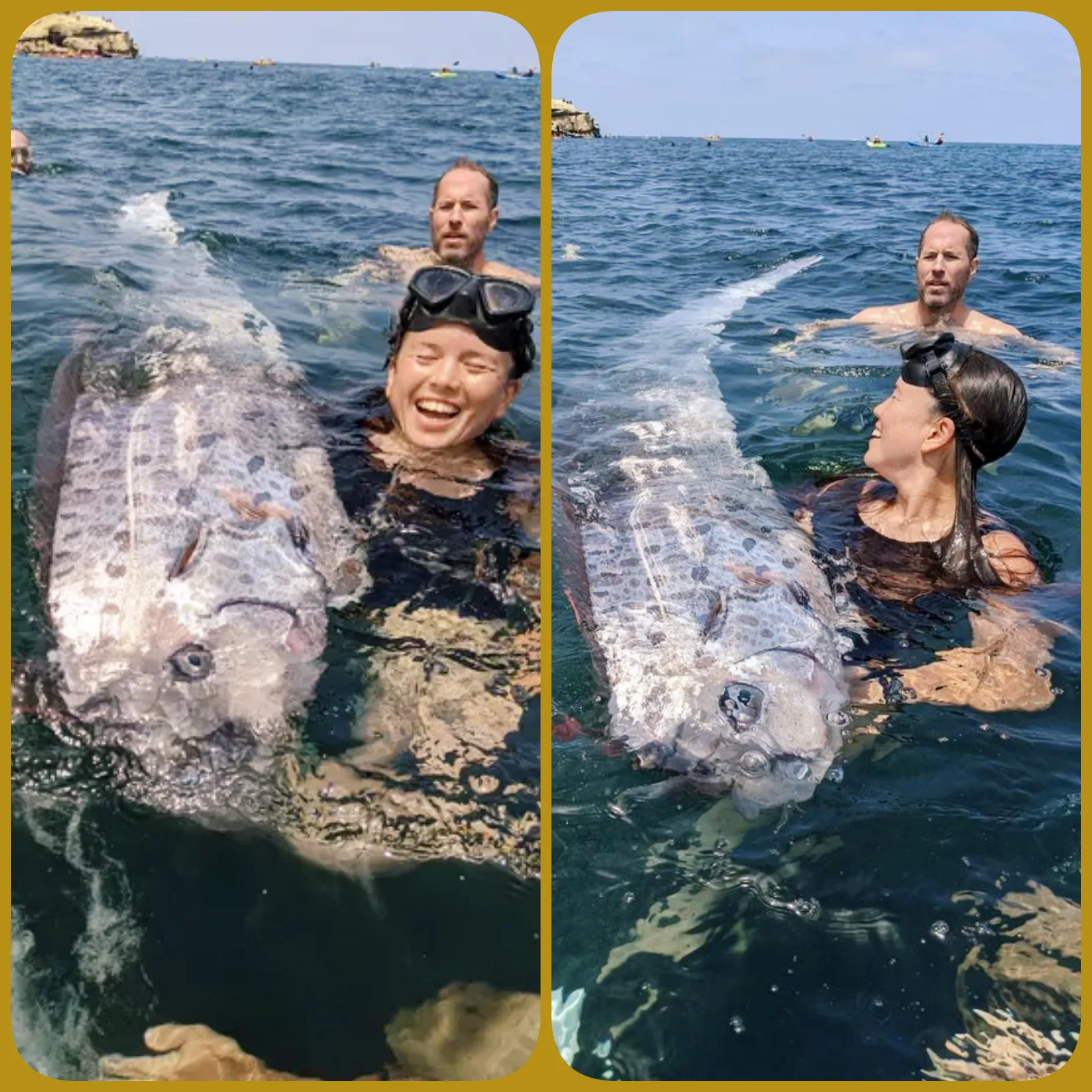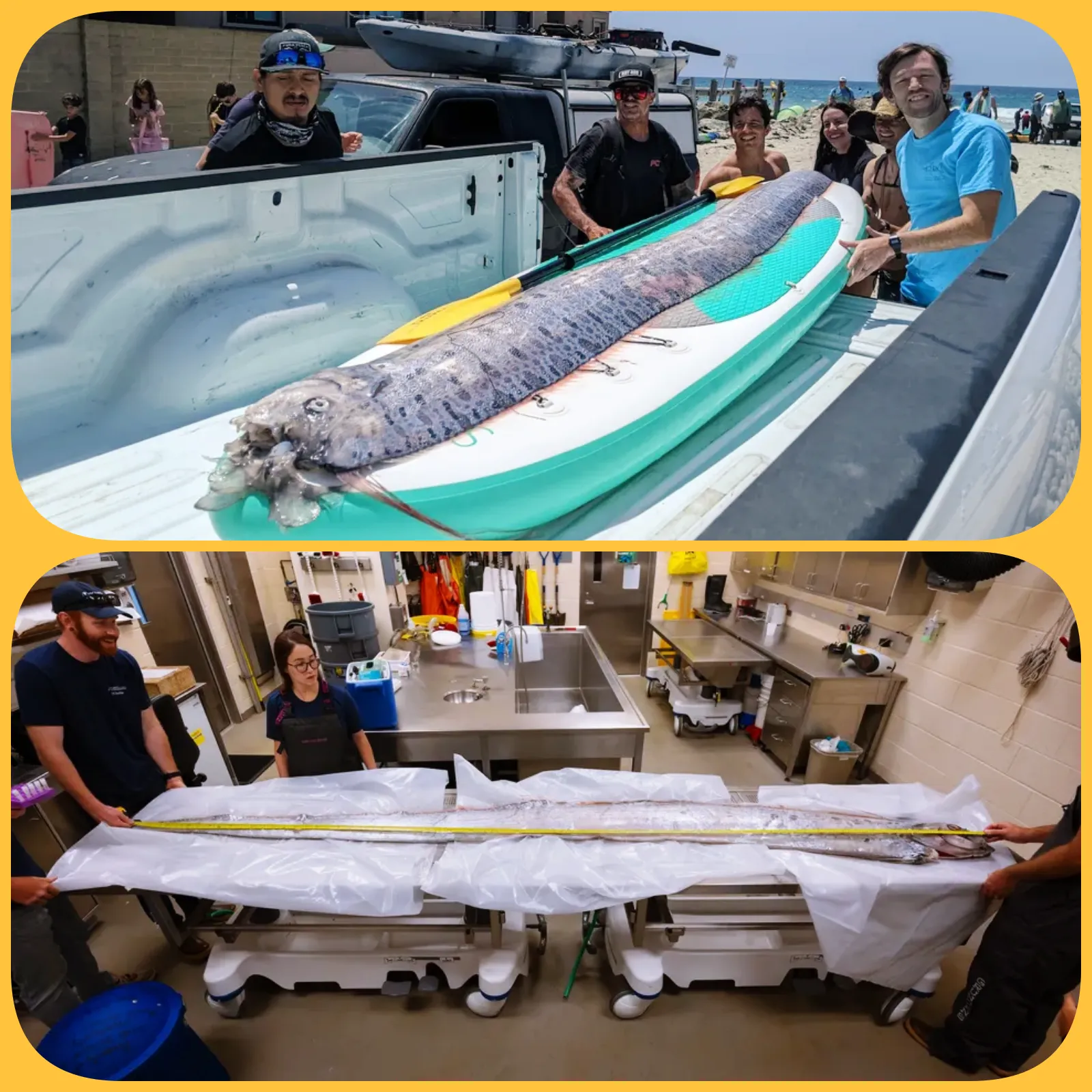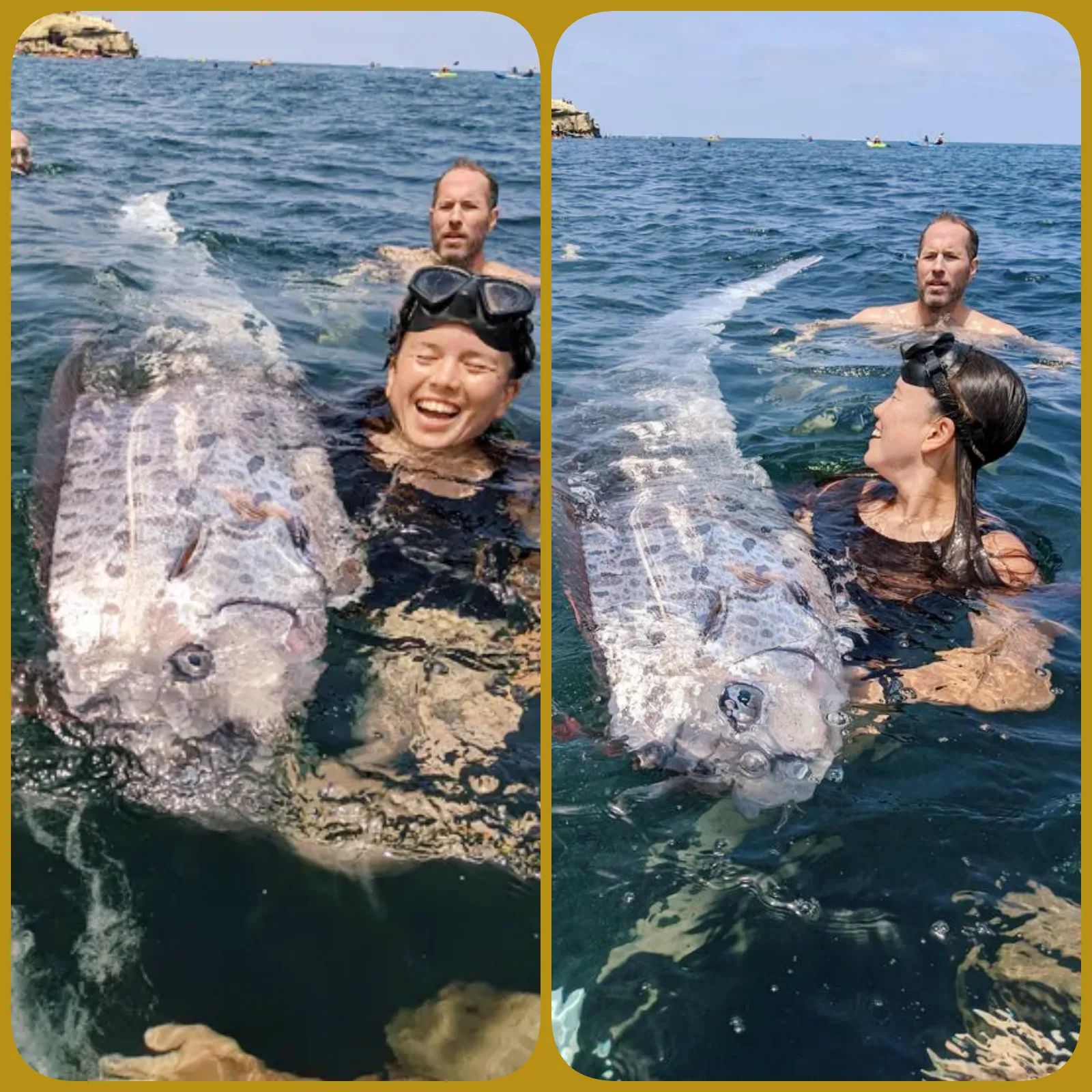
A rare oarfish, steeped in folklore as a harbinger of disaster, is discovered in California just before a significant earthquake, igniting ancient fears.
In a curious twist of fate, California beachgoers recently stumbled upon a giant oarfish, a creature often dubbed the “doomsday fish” in folklore, just days before a notable earthquake struck the region. The 12-foot-long (3.7 meters) short-crested oarfish (Regalecus russellii) was found near San Diego on August 10, and within 48 hours, a magnitude 4.4 earthquake shook Los Angeles.

The oarfish’s appearance is especially rare, with only 20 recorded sightings in California since 1901, according to the Scripps Institution of Oceanography at the University of California, San Diego. These enigmatic deep-sea dwellers, which can reach lengths of up to 36 feet (11 meters), are seldom seen by the public and are steeped in Japanese folklore as ominous signs of impending natural disasters.
“There’s this notion that oarfish are harbingers of doom, predicting events like tsunamis or earthquakes,” explained Zachary Heiple, a doctoral student at Scripps who assisted in recovering the oarfish. Despite these folklore connections, Heiple and other experts caution against linking the fish’s appearance to the recent earthquake. “A 2019 study in the Bulletin of the Seismological Society of America debunked the supposed correlation between oarfish sightings and seismic activity,” Heiple noted. “The idea is fascinating but largely superstitious.”

The oarfish ended up stranded in a shallow reef between La Jolla Cove and La Jolla Shores. On August 10, Emily Miller, a research associate at California Sea Grant, was snorkeling nearby when she was alerted to the presence of the reflective, silvery fish. “The visibility was poor, but the oarfish’s shiny surface was unmistakable,” Miller recounted. She and her team managed to bring the fish to the surface and secure it for further study.
The reef where the oarfish was found is a protected area, requiring special permissions for the researchers to retrieve the animal. “Discovering such a rare specimen felt like ‘Christmas morning,’” Heiple said. “It’s a rare event that doesn’t occur often.” The oarfish was transported to a National Oceanic and Atmospheric Administration (NOAA) facility, where researchers took samples to study its biology and the reasons behind its unusual appearance.
Although the exact cause of the oarfish’s death remains unclear, it was found in relatively good condition. Heiple, who is investigating the evolution of deep-sea fish, hopes that the DNA samples will offer insights into why oarfish have evolved such a unique and otherworldly appearance.
The appearance of this rare creature, coupled with the timing of the earthquake, has reignited fascination with ancient superstitions. While science dismisses any real connection between the two events, the oarfish’s rare presence continues to capture the imagination of those who encounter it.







